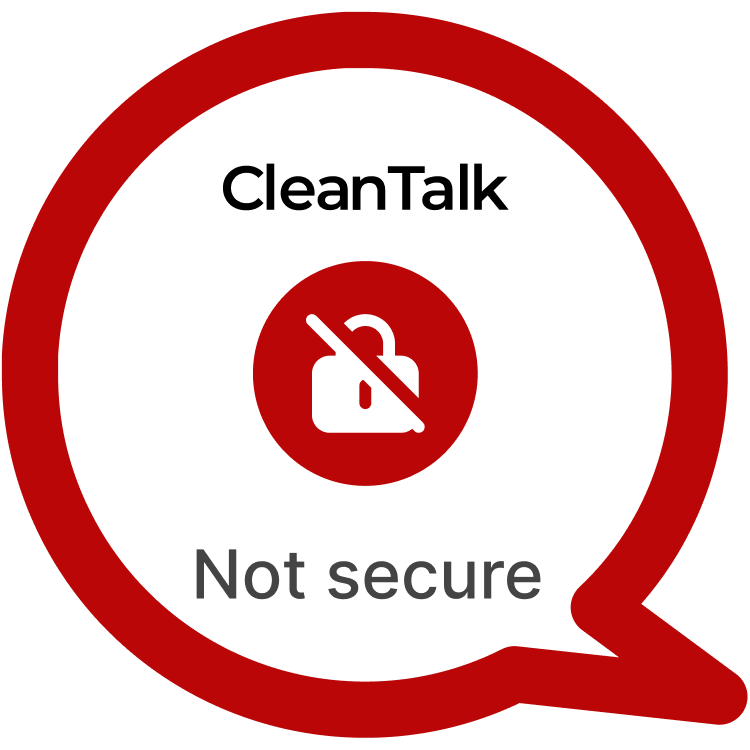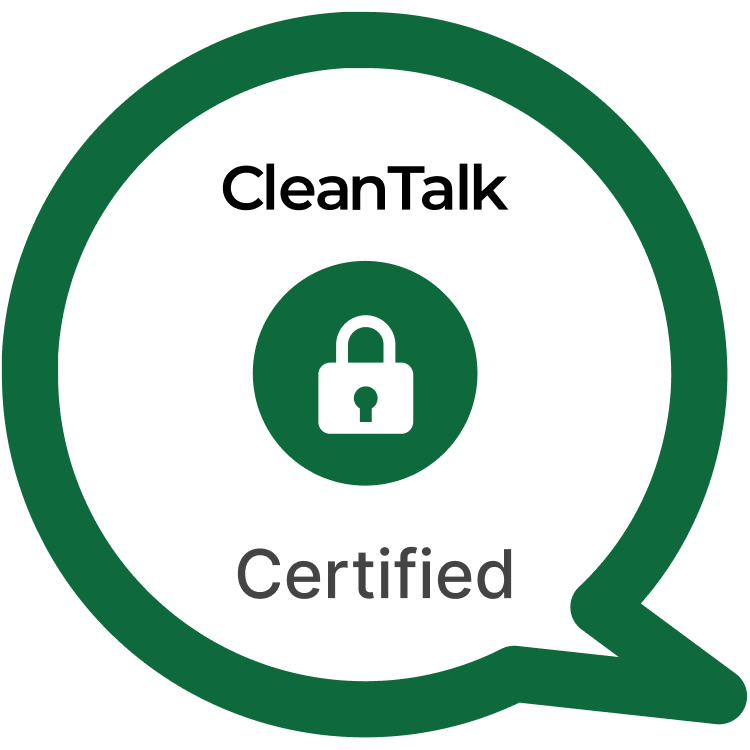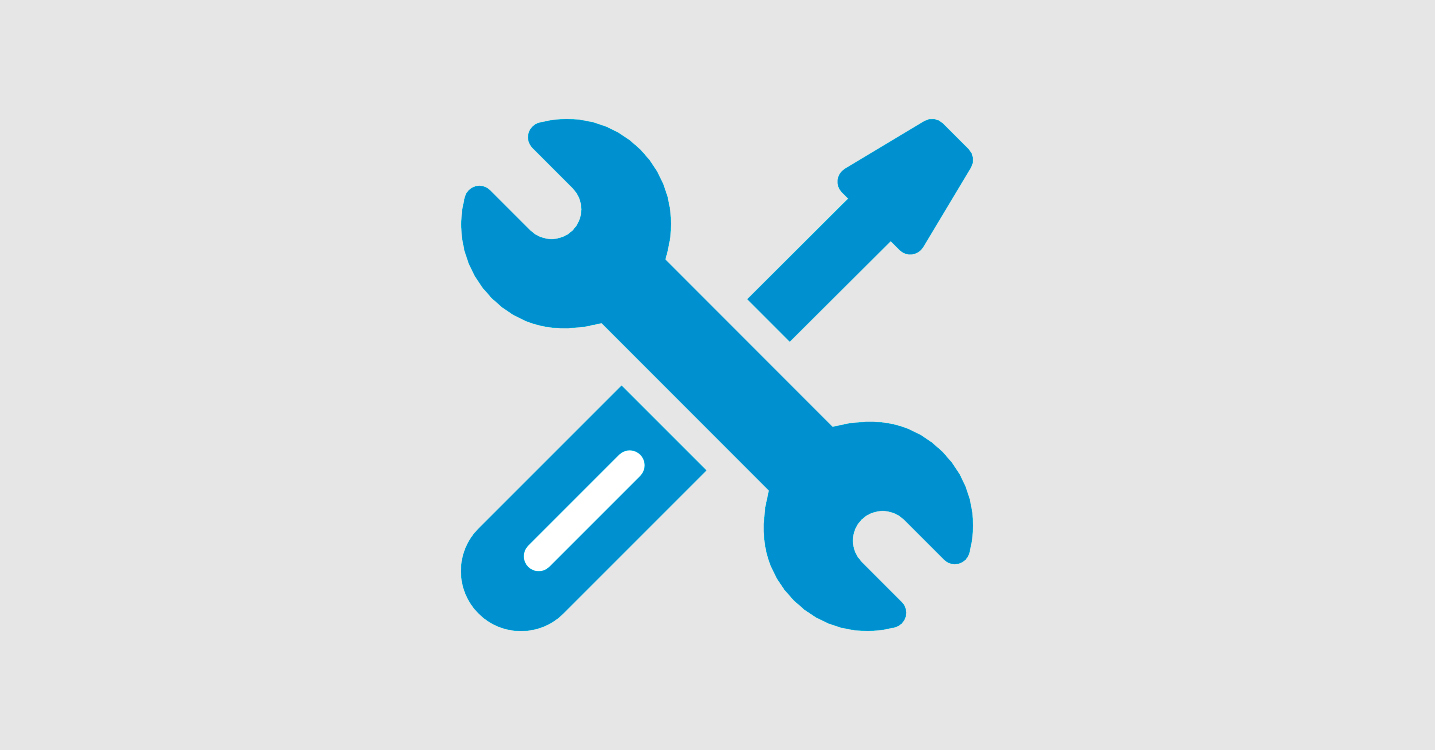During testing, a vulnerability was found that allows, through changing the settings, to implement Stored XSS on all pages where there is a mention of the plugin. This vulnerability is available on behalf of the administrator and allows you to leave javascript “backdoor” when capturing an administrative account, which will allow account takeover. Unfiltered_html capability is prohibited
Main info:
| CVE | CVE-2023-4725 |
| Plugin | Simple Posts Ticker |
| Critical | Medium |
| Publicly Published | September 25, 2023 |
| Last Updated | September 25, 2023 |
| Researcher | Dmtirii Ignatyev |
| OWASP TOP-10 | A7: Cross-Site Scripting (XSS) |
| PoC | Yes |
| Exploit | Will be later |
| Reference | https://cve.mitre.org/cgi-bin/cvename.cgi?name=CVE-2023-4725 https://wpscan.com/vulnerability/e9b9a594-c960-4692-823e-23fc60cca7e7 |
| Plugin Security Certification by CleanTalk |  |
Timeline
| August 21, 2023 | Plugin testing and vulnerability detection in the Simple Posts Ticker plugin have been completed |
| August 21, 2023 | I contacted the author of the plugin and provided a vulnerability PoC with a description and recommendations for fixing |
| September 18, 2023 | The author has released a fix update |
| September 25, 2023 | Registered CVE-2023-4725 |
Discovery of the Vulnerability
During the process of comprehensive security testing, a critical vulnerability was unearthed in the Simple Posts Ticker plugin, specifically a Stored Cross-Site Scripting (XSS) flaw. This vulnerability enables an attacker to execute malicious code, impersonating an administrator, by manipulating the plugin’s settings. Despite requiring administrator-level privileges, this vulnerability still poses a significant threat to website security.
Understanding of Stored XSS attack’s
Stored Cross-Site Scripting (XSS) is a type of security vulnerability where malicious scripts are injected into a web application and subsequently stored for later execution when unsuspecting users access the affected content. In the context of this vulnerability, an attacker can leverage the plugin’s settings to store and execute malicious JavaScript code.
Exploiting the Stored XSS
Exploiting the Stored XSS vulnerability in the Simple Posts Ticker plugin requires administrator-level access to manipulate the plugin’s settings. An attacker can insert malicious code, such as JavaScript payloads, into the settings fields. When the settings are saved, the malicious code is stored and executed whenever the administrator interacts with the plugin, potentially leading to the compromise of their account.
POC:
3px;”><img src=x onerror=alert(1)>
Despite the need for administrator privileges to exploit CVE-2023-4725, the potential risks associated with this vulnerability are severe. An attacker who successfully compromises an administrative account through this Stored XSS flaw can:
- Gain unauthorized access to sensitive website functions.
- Modify content, settings, and configurations.
- Create “backdoors” in the form of JavaScript code to maintain control.
- Launch further attacks, such as privilege escalation or data theft.
In a real-world scenario, imagine an attacker exploiting this vulnerability to compromise an administrator’s account on a website that uses the Simple Posts Ticker plugin. They could inject malicious JavaScript code into the plugin’s settings, enabling them to control the administrator’s account and potentially carry out actions that damage the website’s reputation and integrity.
Recommendations for Improved Security
To mitigate the risk posed by CVE-2023-4725 and enhance the overall security of WordPress websites using the Simple Posts Ticker plugin, the following recommendations should be followed:
- Update the plugin: Ensure the Simple Posts Ticker plugin is updated to the latest version (1.1.6 or higher), which should contain a patch addressing this vulnerability.
- Input validation and sanitization: Developers should implement rigorous input validation and data sanitization to prevent the injection of malicious code in settings fields.
- Regular security audits: Conduct routine security audits and penetration testing to identify and rectify vulnerabilities proactively.
- Least privilege principle: Limit the capabilities and permissions of administrator accounts to reduce the potential damage caused by a compromised administrative account.
- User awareness and education: Educate administrators about potential security threats and best practices for securely configuring and managing plugins.
By adhering to these recommendations, website administrators can significantly reduce the risk of Stored XSS attacks and enhance the overall security posture of their WordPress installations, even for vulnerabilities requiring administrator privileges.
#WordPressSecurity #StoredXSS #WebsiteSafety #StayProtected #MediumVulnerability
Use CleanTalk solutions to improve the security of your website
Dmitrii i.
If you think your website is infected and you need help, contact us for malware cleanup. Our specialists will provide you with professional assistance in cleaning your website from malware.

